Electrical Hazard Awareness: Proactive Strategies for Workplace Safety
Understanding, Identifying, and Preventing Electrical Hazards to Ensure a Safe Work Environment
In the modern workplace, electrical hazards present a persistent and potentially lethal threat, requiring proactive measures to mitigate risks and ensure safety. From overhead power lines to defective insulation and overloaded circuits, the dangers are diverse and ever-present. This article delves into the essential aspects of electrical hazard awareness, exploring common workplace risks and outlining preventive strategies. By understanding the nature of these hazards and implementing comprehensive safety protocols, individuals and organizations can safeguard against life-altering injuries and fatalities, prioritizing a culture of diligence and precaution in every electrical endeavour.
WHAT IS THE ELECTRICAL HAZARD?
An electrical hazard is essentially characterized by the potential for physical harm. Consequently, the assessment, documentation, and alleviation of electrical hazards primarily hinge on the potential for harm. The primary three forms of hazards include:
-
Shock
Electric shock is the physical stimulation that occurs when electric current flows through the human body. The distribution of current flow through the body is a function of the resistance of the various paths through which the current flows. The final trauma associated with the electric shock is usually determined by the most critical path called the shock circuit. The symptoms may include a mild tingling sensation, violent muscle contractions, heart arrhythmia, or tissue damage.
-
Arc
A discharge of electricity through a gas, normally characterized by a voltage drop in the immediate vicinity of the cathode approximately equal to the ionization potential of the gas.
-
Blast
When an electric arc occurs, it superheats the air instantaneously. This causes a rapid expansion of the air with a wavefront that can reach pressures of 100 to 200 lb per square foot. Such pressure is sufficient to explode switchgear, turn sheet metal into shrapnel, turn hardware into bullets, push over concrete walls, and propel molten metal at extremely high velocities. Blasts do not always occur. Sometimes an arc is not accompanied by a blast, but when it is, it can be lethal.
WHO IS AT RISK?
Given the pervasive role of electricity in contemporary society, individuals engaged in tasks involving electrical equipment face significant risks, particularly when lacking adequate training. The consequences of arc flashes and electric shocks can be profound, leading to life-altering injuries or even fatalities, underscoring the importance of exercising caution and prioritizing safety measures.
MOST COMMON ELECTRICAL HAZARDS IN THE WORKPLACE
There is a long list of possible electrical hazards surrounding the workplace. The following section tries to cover a few major.
OVERHEAD POWER LINES
Overhead power lines are ubiquitous, serving as the primary conduit for transmitting electrical energy across the grid. These lines carry immensely high voltages, often exceeding 138,000 Volts, posing significant risks of severe burns and fatal electrocution. Given their pervasive presence and inherent dangers, it comes as no surprise that overhead transmission lines contribute to numerous work-related electrical fatalities.
Consequently, adherence to key safety protocols concerning live transmission lines is paramount:
- Maintain a minimum distance of 10 feet from any electrical equipment or transmission lines.
- Ensure the visibility of hazard signs and deploy safety barriers as necessary.
- Avoid storing any objects underneath live power lines.
- Utilize appropriate Personal Protective Equipment (PPE) when working in proximity to or on transmission lines.
DEFECTIVE INSULATION
Inadequate insulation presents a looming electrical peril that looms both in workplaces and residences. Substandard or deficient insulation can be found in various components such as:
- Unprotected live wires.
- Live wires superficially “insulated” by electrical tape.
These deficiencies can lead to electric shocks resulting from arc flashes and render equipment dysfunctional. Identifying defective insulation isn’t always straightforward, adding to the challenge of mitigating this hazardous situation.
WET ENVIRONMENT
Water, being an excellent conductor of electricity, poses a significant risk when in proximity to electrical equipment. It is imperative to avoid handling any electrical components near water to prevent the potential hazard of electrocution. Furthermore, it is crucial to ensure that electric outlets are installed at a safe distance from water sources or pathways. This precaution becomes even more critical in situations where water seepage occurs in electrical areas due to burst pipes or damaged roofs.
DAMAGED OR WORN EQUIPMENT
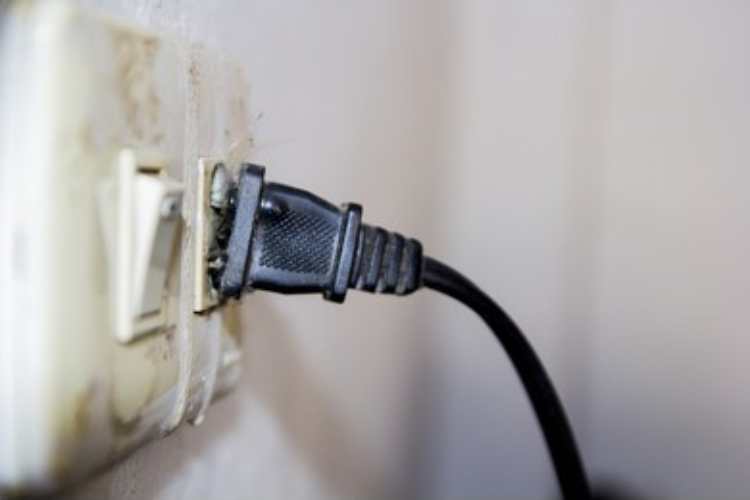
Interacting with faulty tools or equipment can pose significant risks. Any electrical device is susceptible to deterioration over time, and it’s crucial to avoid connecting any compromised or damaged devices to power sources to prevent exacerbating the situation. Regular inspections of all equipment should be conducted to detect signs of wear and tear. Failure to use appropriate personal protective equipment (PPE) when dealing with damaged equipment increases the potential for severe injuries due to the risk of electrical shock.
INSUFFICIENT GROUNDING
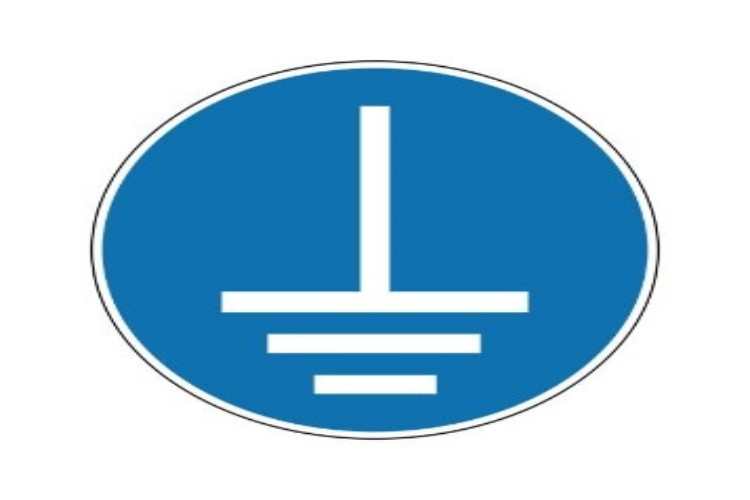
Inadequate grounding poses a significant risk since without a pathway to the ground, a circuit will seek out an alternative route. This alternate route may involve leaping to another active component or coursing through the user, resulting in electrocution.
OVERLOADED CIRCUITS
Overloaded Circuits are caused by putting too many electrical devices on a particular branch. This may compromise the circuitry and especially the wiring and will cause meltdowns, burns, or arc flash hazards if not properly protected.
INCORRECT WIRING
Faulty wiring poses an electrical threat due to:
- Lack of adequate electrical service.
- Inadequate protection against overloading.
- Unclean or aged wiring connections.
Such issues can result in electric shocks and other severe injuries.
Inadequate equipment maintenance
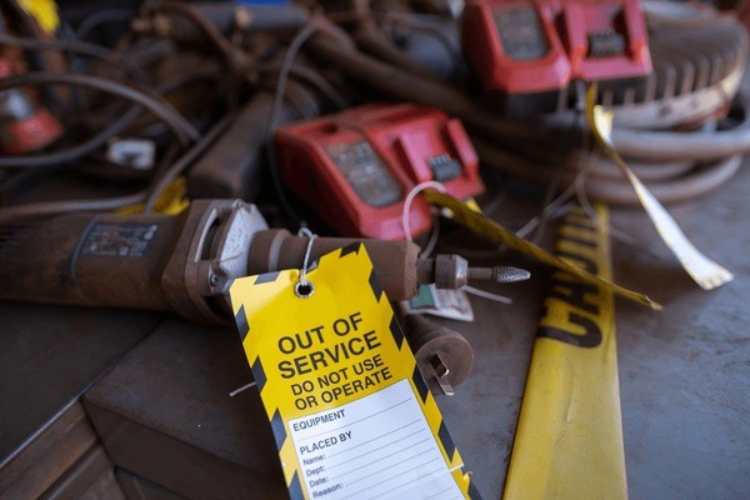
Inadequate equipment maintenance refers to the failure to properly care for and upkeep machinery, tools or any other electrical equipment essential for operations within an organization. This negligence can lead to a multitude of issues, ranging from decreased efficiency and productivity to safety hazards and costly repairs.
When equipment is not regularly inspected, serviced, and repaired as needed, it can result in unexpected breakdowns, downtime, and disruptions to workflow. These interruptions can directly impact production schedules, delivery deadlines, and ultimately, customer satisfaction.
Moreover, inadequate maintenance can pose serious safety risks to employees, as malfunctioning equipment increases the likelihood of accidents and injuries in the workplace. This not only jeopardizes the well-being of personnel but also exposes the organization to potential legal liabilities and financial penalties.
In addition to safety concerns and operational setbacks, neglecting equipment maintenance often leads to inflated repair costs in the long run. Small issues left unattended can escalate into major problems, requiring extensive repairs or even premature replacement of equipment, thereby straining the organization’s budget and resources.
To mitigate the risks associated with inadequate equipment maintenance, it is crucial for businesses to establish a comprehensive maintenance program. This program should include regular inspections, routine servicing, timely repairs, and proper record-keeping to ensure that equipment remains in optimal condition, maximizing its lifespan and performance while minimizing downtime and safety hazards. Investing in preventive maintenance not only preserves the integrity of equipment but also supports operational efficiency and sustains a safe working environment.
Absence of protective devices
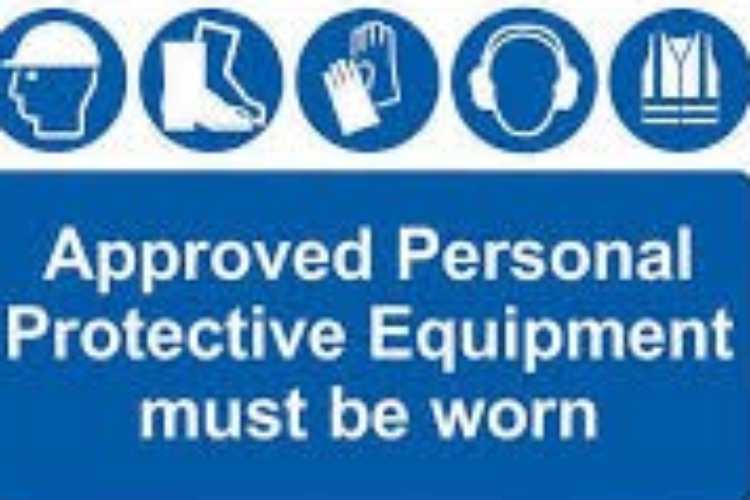
The absence of protective devices refers to the lack of safety mechanisms or equipment designed to safeguard individuals from potential hazards in various environments, such as workplaces, public spaces, or industrial settings. Protective devices play a critical role in preventing accidents, injuries, and fatalities by providing a barrier between individuals and potential sources of harm.
In workplaces, the absence of protective devices can expose employees to a wide range of dangers, including but not limited to falls, collisions, electric shocks, chemical exposures, and machinery-related accidents. Without adequate safeguards in place, workers are vulnerable to severe injuries or even fatalities, leading to human suffering, decreased morale, and productivity losses for the organization.
Protective devices come in various forms, depending on the nature of the hazards present. Examples include personal protective equipment (PPE) such as Safety helmets, gloves, goggles, and arc flash suit, as well as engineering controls like machine guards, safety barriers, emergency shut-off switches, and ventilation systems. These devices are designed to minimize exposure to risks and mitigate the severity of potential accidents.
The absence of protective devices not only endangers individuals but also exposes organizations to legal liabilities, regulatory fines, and reputational damage. Failure to comply with safety standards and regulations can result in costly lawsuits, penalties, and even the suspension of operations.
To address the absence of protective devices effectively, organizations must prioritize safety by implementing comprehensive risk assessments, identifying potential hazards, and implementing appropriate control measures. This includes the provision of necessary protective equipment, regular maintenance of safety devices, employee training on proper usage, and ongoing monitoring of safety protocols to ensure compliance and continuous improvement.
By prioritizing the installation and maintenance of protective devices, organizations can create safer environments for their employees, reduce the risk of accidents and injuries, and foster a culture of safety and well-being that benefits everyone involved.
OVERLOADED SOCKETS
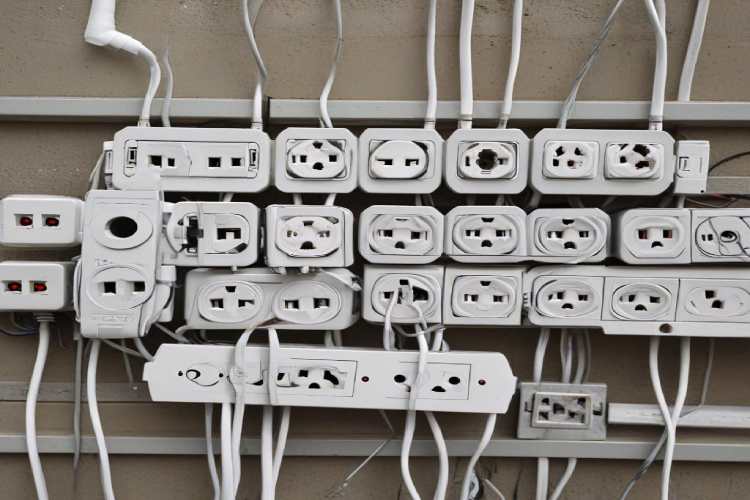
Extension cords with multiple sockets often experience overloaded sockets. While it might appear convenient to connect numerous devices to a single extension cord for powering all your electrical gadgets, it’s crucial to recognize that power outlets are engineered to deliver a specific amount of electricity. Overloading circuits can lead to arcing and present fire risks.
WHAT SHOULD YOU DO IF YOU SPOT AN ELECTRICAL HAZARD?
Two crucial steps must be kept in mind:
- Identifying potential hazards.
- Preventing future hazards.
Regrettably, some hazards are challenging to visually detect, necessitating precautionary measures when accessing equipment to ensure the availability and use of PPE. Key points to bear in mind include:
- Seeking professional assistance immediately if unsure about the existence of a hazard.
- Marking a safe perimeter around the potentially faulty device upon spotting a hazardous area.
- Striving to fully de-energize the device.
To confirm the absence of voltage, it’s essential to measure across the device after shutdown. However, this measurement requires proximity to the system or electrical cabinet, posing risks associated with stored energy in certain devices like large motors, which could lead to electrocution and/or explosion.
HOW TO PREVENT ELECTRICAL HAZARD ACCIDENTS?
Regrettably, numerous hazard preventions are implemented post-incident. Hence, it becomes imperative to enact comprehensive mitigation and prevention strategies for systems right from the design phase. There exist numerous approaches to ensure the adoption of appropriate measures to mitigate or even avert electrical hazards.
Moreover, the capability to pre-emptively mitigate or forestall electrical hazards is arguably as crucial as promptly recognizing one. Precautionary measures concerning electricity vary depending on the worker’s job directives and the working environment. Nonetheless, it remains paramount to consistently bear in mind these fundamental precautions when dealing with hazards:
- Acquiring a basic comprehension of electrical principles.
- Identifying and rectifying electrical hazards.
- Utilizing suitable electrical personal protective equipment (PPE).
- Cultivating prudent habits around electrical apparatus, including:
- Establishing and adhering to an adequate electrical safety plan.
- Maintaining a safe distance from potential live equipment.
- Confirming complete de-energization of devices (absence of voltage).
Furthermore, commissioning a comprehensive arc flash study, coupled with training, for your facility can effectively mitigate hazards and facilitate:
- Placement of appropriate arc flash labels on equipment.
- Enhancing awareness among personnel working with the equipment regarding associated dangers, enabling them to review labels before accessing equipment.
FAQs
What are common electrical hazards in the workplace?
Common electrical hazards include exposed wires, overloaded circuits, faulty equipment, and wet conditions that increase the risk of electric shock.
How can electrical hazards be prevented?
Electrical hazards can be prevented by following safety protocols such as regular inspection and maintenance of electrical equipment, ensuring proper grounding, using circuit breakers and fuses, and providing training to employees on electrical safety practices.
What should you do if someone receives an electric shock?
If someone receives an electric shock, it’s crucial to turn off the power source immediately if it can be done safely. Call for medical help and administer first aid, such as CPR, if the person is unresponsive and not breathing.
Why is it important to use insulated tools and equipment?
Insulated tools and equipment prevent electric shock by providing a barrier between the worker and the electrical current. Using these tools reduces the risk of accidental contact with live wires or components.
What are the dangers of working near power lines?
Working near power lines can be extremely dangerous due to the risk of electrocution. Power lines carry high voltages, and coming into contact with them or their equipment can lead to severe injury or death. It’s essential to maintain safe distances and use proper precautions when working around power lines.







